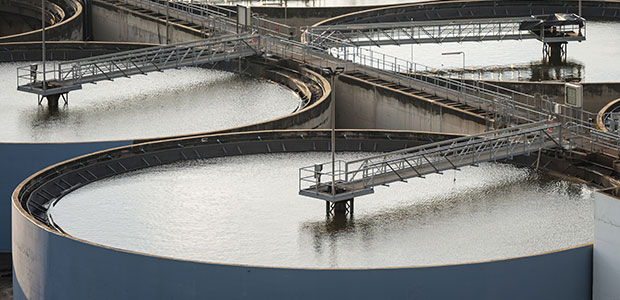
Scientists Look for New Solution for 100 Billion Barrels of Oil-Contaminated Wastewater Generated Every Year
An oil-catching sponge could soak up residue from offshore drilling.
The process of drilling and fracking involves cracking through under the seabed to extract oil. When this is done, tiny oil droplets are released into the surrounding water resulting in nearly 100 billion barrels of oil-contaminated wastewater each year.
While most efforts are concentrated on cleaning up large oil spills, researchers are looking for ways to eliminate the contamination brought on by these small droplets.
Researchers at the University of Toronto and Imperial College London have developed a sponge they claim removes 90 percent of oil microdroplets from wastewater within 10 minutes. According to researchers, the sponge can be used to capture oil from wastewater, be cleaned with a solvent—which releases the oil from the sponge—, and then the sponge can be used again and the captured oil recycled.
This isn’t the first time a sponge has been used to clean oil out of water. Lead author Dr. Pavani Cherukupally, Imperial’s Department of Chemical Engineering had developed an earlier version of the sponge that was able to clean 95 percent of oil, but it took three hours to complete the absorption—way too long than would be useful in the industry.
Dr. Cherukupally also thought of how acidity and alkalinity also presented an issue with the solution as the pH of contaminated wastewater dictated how well the sponge worked.
“The optimal pH for our system was 5.6, but real-life wastewater can range in pH from four to ten,” Dr. Cherukupally said. “As we got toward the top of that scale, we saw oil removal drop off significantly, down to six or seven percent.”
Now there is a new chemically modified sponge that could be the new potential of the industry. The new solution is faster and works over a much wider pH range than the previous version.
To read more about how the sponge was created and used, please see Nature Sustainability where the results were published.